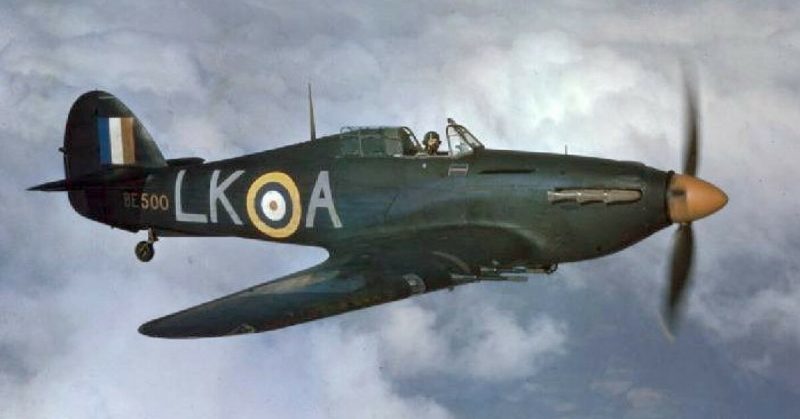On August 26, 1940 Hemingway bailed out of his Hurricane at 17,000 feet, with the plane burrowing itself into 30 feet of mud near the Essex village of Fobbing.
After many years of careful planning and meticulous research using computer imaging technology, a Battle of Britain legend is finally coming to light.
At the end of March 2019, a specialist archaeological team deployed an excavator in the middle of a lonesome windy field in Essex. At the bottom of the wide hole was a Hawker Hurricane.
The wreckage has been preserved in good condition thanks to the mud. The joystick was recovered with the firing mechanism still in working order and with the safety off, meaning that the pilot was most likely engaged with the German Messerschmitt that shot him down on August 26, 1940.
The pilot, then twenty-one-year-old John ‘Paddy’ Hemingway was flying with 85 Squadron based in Croydon, South London.
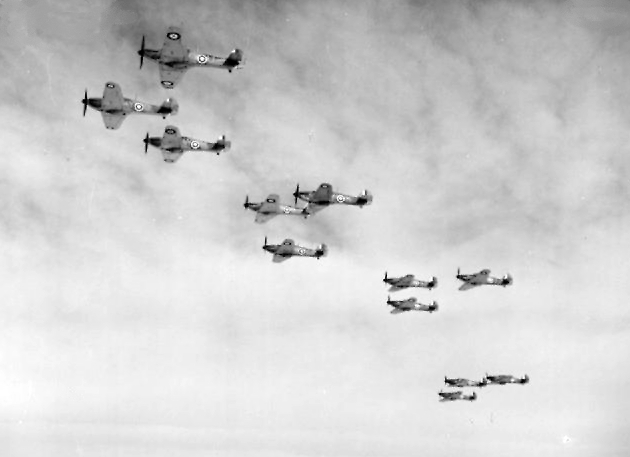
Hemingway survived the war and returned home to Ireland where he is still alive and well at the age of 99. As an Irish volunteer, the British government awarded him the Distinguished Flying Cross for his efforts.
Hemingway is a Dubliner who signed up in 1938 and was granted a short service commission with the RAF at the age of just 19. According to his nephew Simon Hughes, Hemingway was shot down at least five times, including once over the English Channel where he was able to escape with his life due to warm waters.
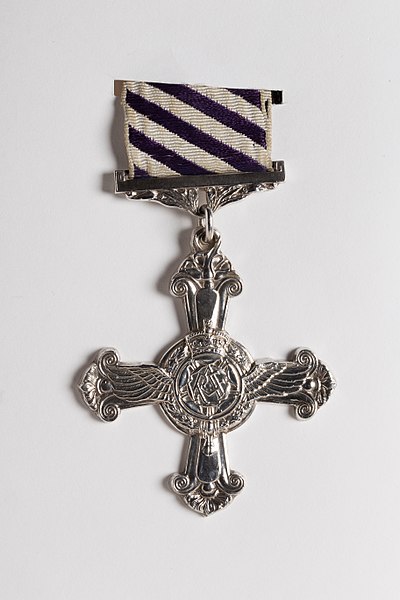
85 Squadron faced overwhelming odds at the start of the war, with hundreds of Messerschmitt aircraft outnumbering the RAF, sometimes by as much as ten to one.
Hemingway was again shot down in northern Italy behind enemy lines, but local Italian family managed to help him escape via a German checkpoint. The family remarkably volunteered one of their children to escort him past the Germans before he continued towards friendly forces.
https://youtu.be/CLc_b9wk4kk
On August 26, 1940 Hemingway bailed out of his Hurricane at 17,000 feet, with the plane burrowing itself into 30 feet of mud near the Essex village of Fobbing. Local enthusiast Roger Pickett confirmed that the plane hit the ground so hard that there was no opportunity for the aviation fuel to ignite.
Hemingway parachuted to safety and landed next to The Barge Public house on the Essex marshes, where he was hopefully offered a drink of something lively to settle his nerves.
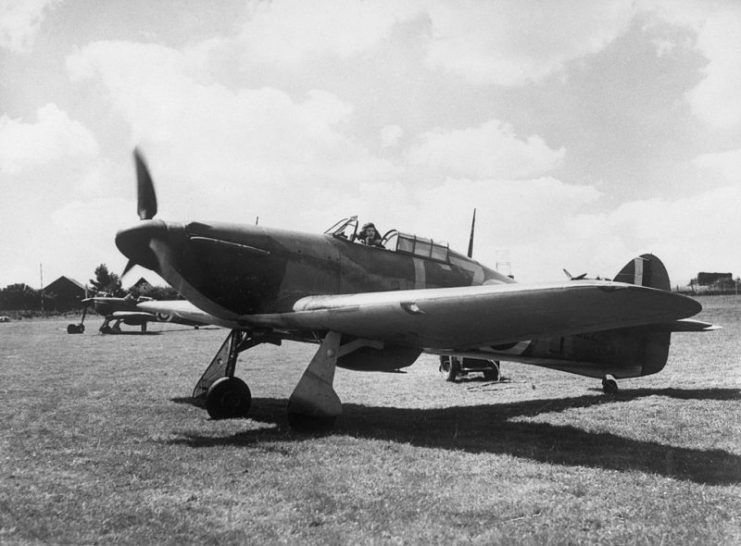
Gareth Jones, the dig organizer and aviation archaeologist, said that they had heard from a witness who was eight years old at the time. The boy apparently went to look at the wreckage, but to his disappointment there was only a large water-filled hole, with the Hurricane having completely vanished from sight.
Jones team made a first attempt to unearth the plane some thirty years ago, but they were beaten by flooding in the excavation. But they didn’t go away empty-handed as they managed to bring two undercarriage legs and two Browning machine guns to the surface.
“We couldn’t go down too deep because it was too muddy,” Mr Pickett said of the earlier dig.
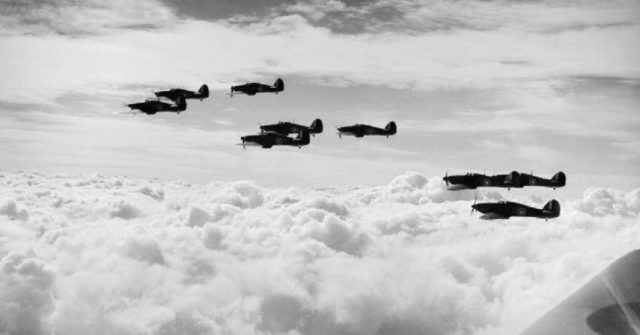
The March 2019 attempt was much more successful and many more items were brought to the surface. There is speculation that the high degree of preservation may mean that the Hurricane could even take to the skies again one day.
Read another story from us: From Biplane to Hurricane: The Slip-Wing experiment
In a nod to the efforts of the recovery team and as a tribute to those that helped defend the UK during the Battle of Britain, a restored Hurricane carried out a flypast while the reporters interviewed the team.
Hemingway’s plane was a Hurricane Mk.I, Serial No. P3966. The only Hurricane from the Battle of Britain that is still airborne today, a Hawker Hurricane Mk.1, Serial No. R4118, is often referred to as “the most historic British aircraft to survive in flying condition from the Second World War.”
